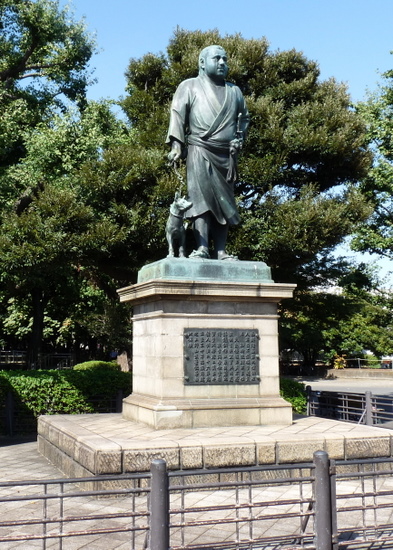(Sept 20) Various other attractions in Ueno Park. I think I managed to cover about half of it.
The Benzaiten, a temple to Benten the goddess of the arts, sits on an artificial island in the middle of a large pond filled with butterbur plants. The island is reached by a long causeway lined with vendor booths.
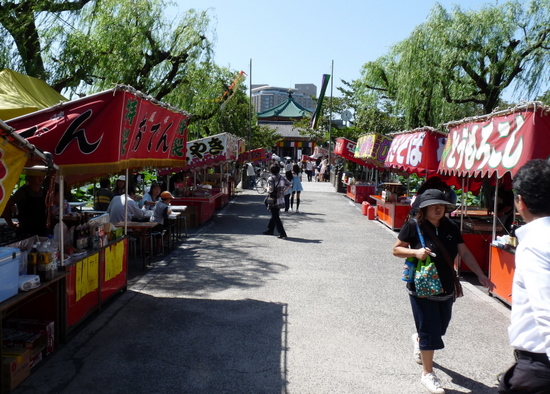
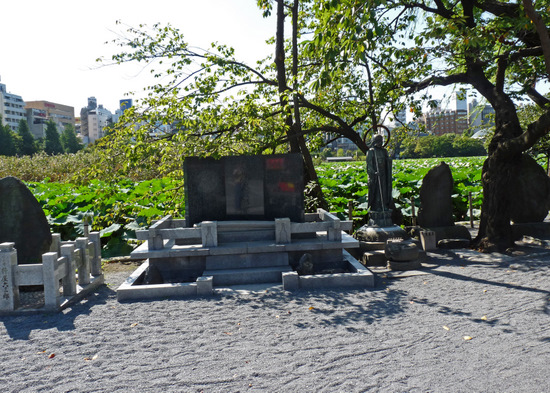
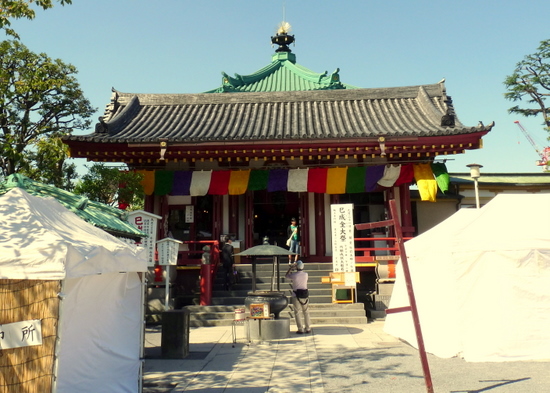
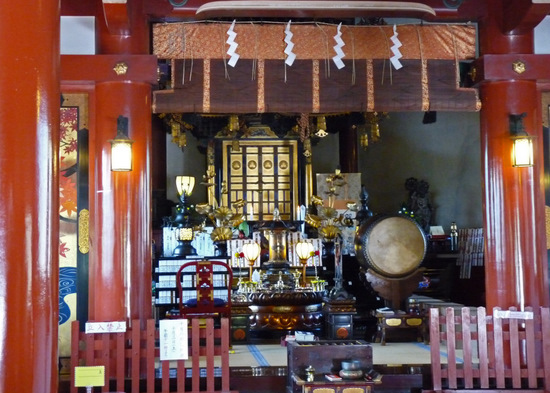
Like Akanko, Ueno Park has an Inari Shrine, which is also entered through a long series of torii. In this case the steps go down the hill, not up it, and the shrine itself is much larger and fancier than the Akanko version.
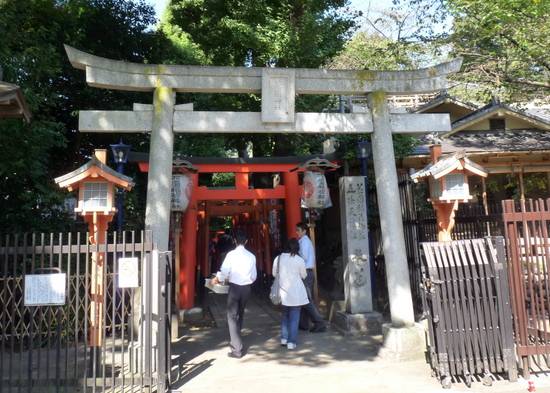
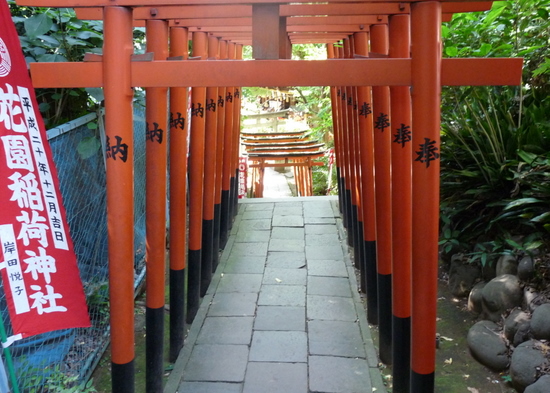
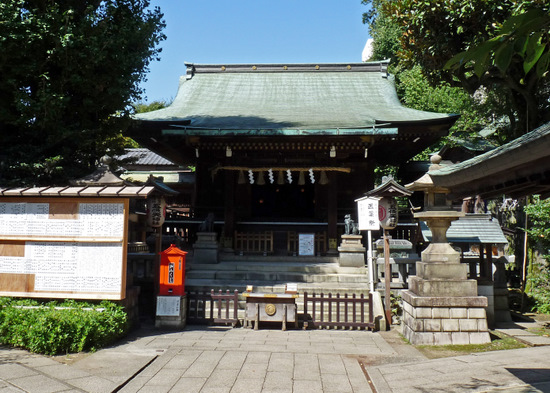
Ueno used to have its own Daibutsu (giant bronze Buddha) but it was destroyed by an earthquake in 1923. The face is all that remains.
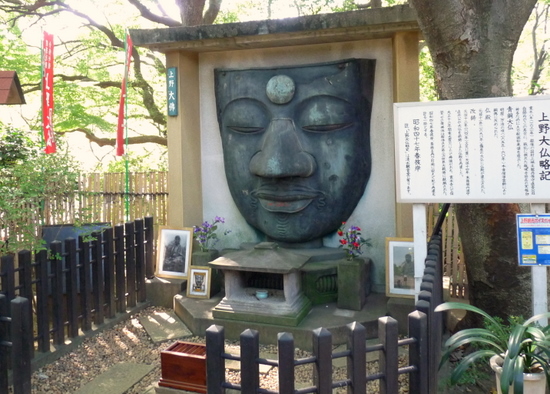
The Toshogu is a shrine dedicated to Ieyasu Tokugawa, the founder of the Tokugawa Shogunate. You may recall that he has a much bigger and fancier shrine in Nikko. This shrine, in his capital city, was built first. The big one in Nikko was built in its present form by his grandson.

The shrine’s main building seems to be undergoing renovation. They’ve put up a facade to show what it is supposed to look like.
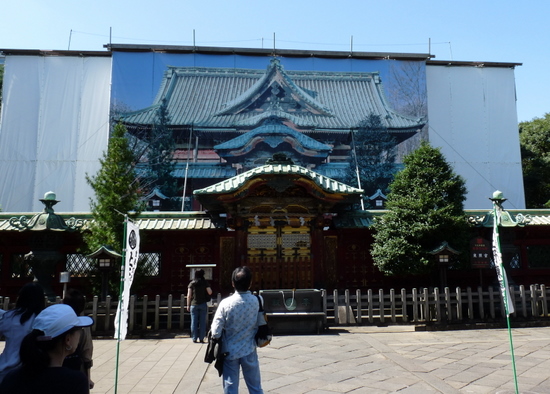
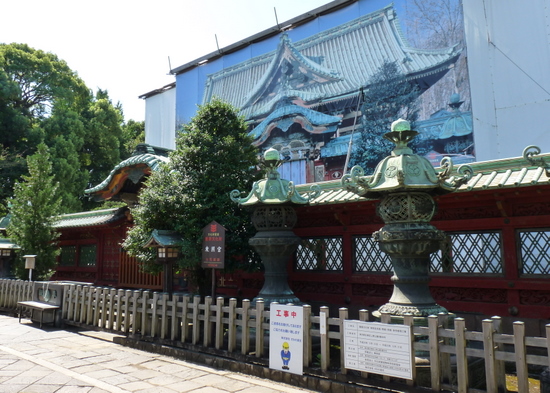
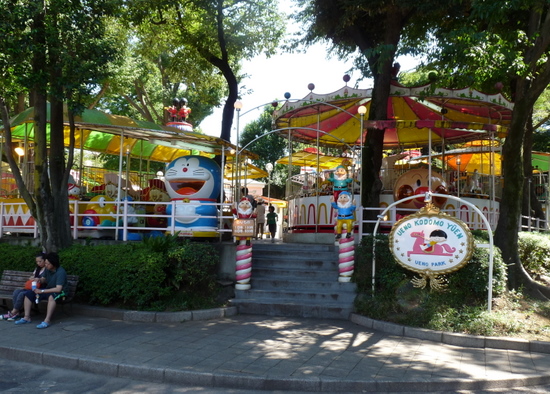
The Kannondo is a temple to Kannon, the goddess of mercy.
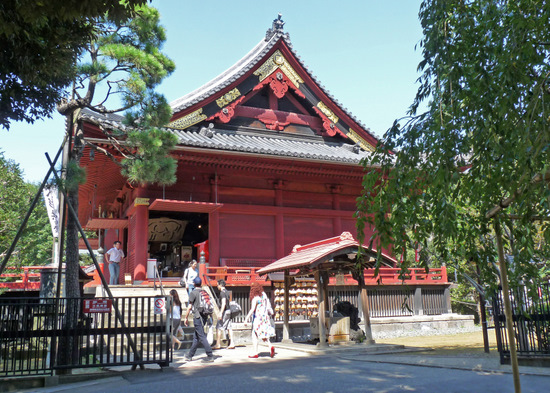
Inside the temple (no photography allowed) is an alter covered with all sorts of dolls. Women who are having trouble conceiving a child come here to pray to Kannon. If their prayers are answered they are supposed to come back and leave a doll.
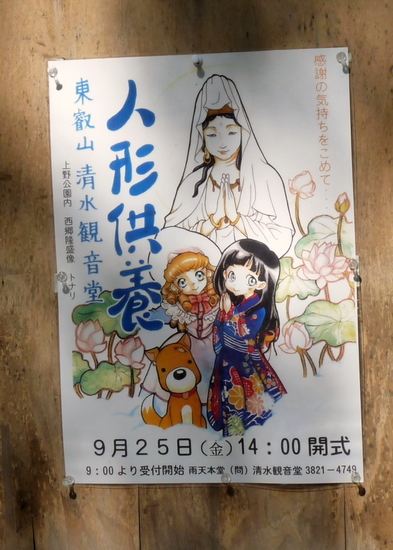
The Royal Ueno Museum is showing a special exhibit of cultural treasures from Tibet, many of them spectacular. No photography allowed, unfortunately.
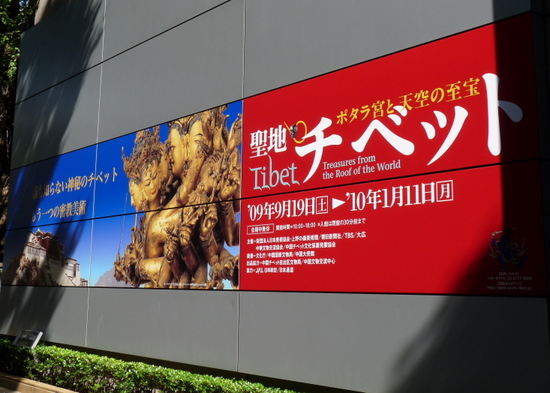
The grave of the Shogotai soldiers, who made a last stand on Ueno Hill in May 1868, after the city fell to the imperial forces.
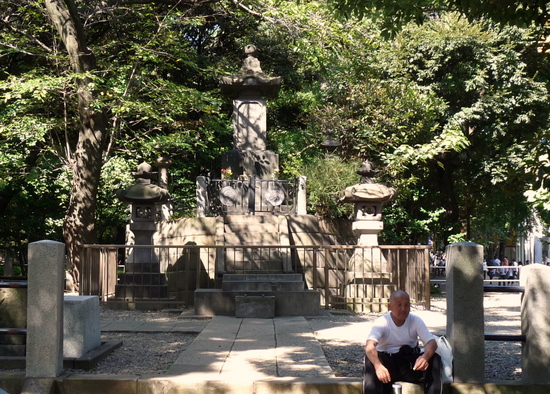
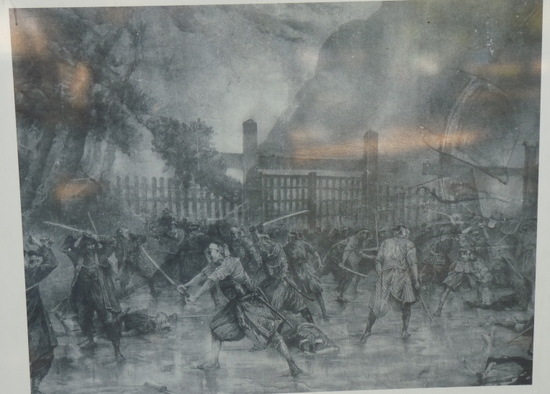
It is interesting that there are so many monuments to people who died trying to preserve the Shogunate, a lost cause that does not seem very worthy. I doubt that you would find many people in Japan who think that the Meiji Restoration was a bad idea.
I think the die-hard defenders of the Shogunate are admired because the exhibited makoto (sincerity, fidelity) one of the prime Japanese virtues. In Japan it is considered more admirable to die fighting for a bad cause than to support a good cause halfheartedly.
